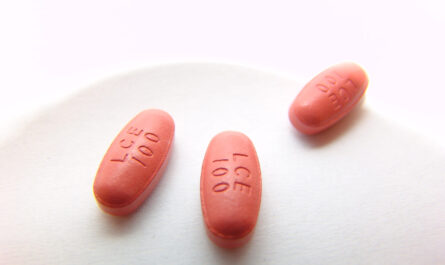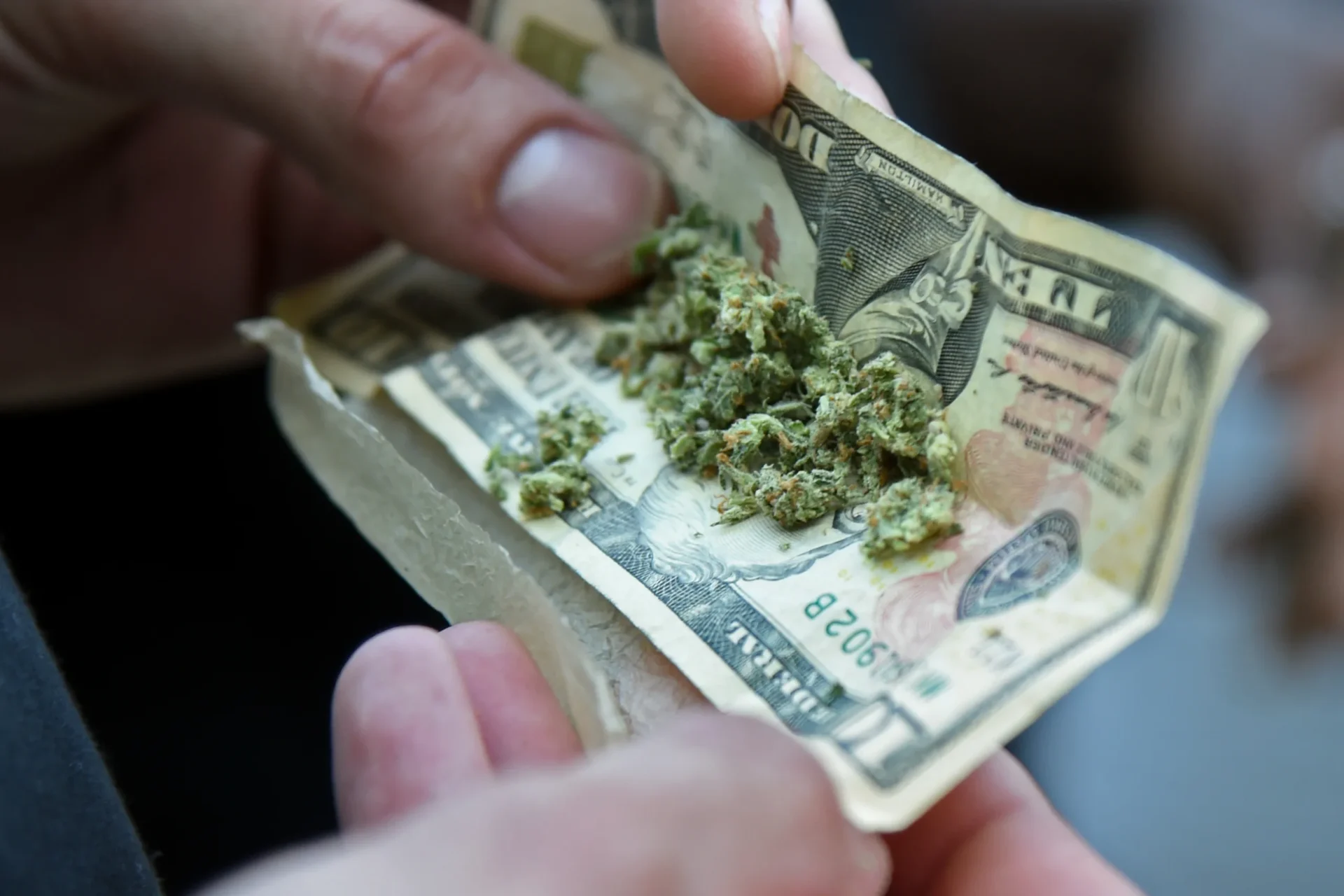Market Overview:
These advanced wound dressings contain antimicrobial agents or other ingredients that show biochemical properties to remove or disrupt biofilms. They effectively cleanse wounds, maintain a moist healing environment, manage excess exudate, protect from external contaminants, and promote healing. The presence of ingredients such as polyhexamethylene biguanide (PHMB), collagen/oxidized regenerated cellulose (ORC), dialkyl carbamoyl chloride (DACC), and citrus extract make anti-biofilm wound dressings highly effective in preventing infection and expediting wound healing process.
Market key trends:
One of the key trends in the anti-biofilm wound dressing market is the growing focus on development of novel formulations. Manufacturers are investing heavily in R&D activities to develop advanced formulations of anti-biofilm dressings with improved efficiency. For instance, companies are coming up with dressings that both prevent biofilm formation and promotes healing through ingredients such as honey. They are also incorporating slow-release technology to enable sustained and localized delivery of antimicrobials. Novel anti-biofilm dressings in pipeline are expected to bring further innovation and competition in the market.
Porter’s Analysis
Threat of new entrants: The threat of new entrants is moderate as a result of capital requirements, patents held by existing players, and technology advantage enjoyed by established brands.
Bargaining power of buyers: The bargaining power of buyers is high due to the availability of alternatives and transparency in pricing among market players.
Bargaining power of suppliers: The bargaining power of suppliers is moderate to high as a result of high dependence on raw material suppliers.
Threat of new substitutes: The threat of new substitutes is low as there is no direct substitute for advanced wound dressings.
Competitive rivalry: Competition among players is intense leading to pricing pressures.
Key Takeaways
The global anti-biofilm wound dressing market is expected to witness high growth, exhibiting a CAGR of 13% over the forecast period, due to increasing incidences of chronic wounds and rising awareness about advanced wound care products.
The global Anti-Biofilm Wound Dressing Market Demand is estimated to be valued at US$ 734.0 Mn in 2023 and is expected to exhibit a CAGR of 13% over the forecast period 2023 to 2030, as highlighted in a new report published by Coherent Market Insights.
Regional analysis
North America dominates the global market and is expected to continue its dominance over the forecast period. This is attributed to rising geriatric population, growing chronic wounds incidence, and increasing awareness about advanced wound dressing products in the region. Europe and Asia-Pacific region are expected to be the fastest growing markets due to growing healthcare infrastructure and increasing diabetic foot ulcer & pressure ulcer cases.
Key players
Key players operating in the anti-biofilm wound dressing market are 3M, Convatec Group PLC, Smith & Nephew PLC, Urgo Medical, and Coloplast Corporation, among others. 3M is one of the leading players in the market and offers a wide range of anti-biofilm wound dressings to treat various types of chronic and acute wounds.
Note:
1. Source: Coherent Market Insights, Public sources, Desk research
2. We have leveraged AI tools to mine information and compile it



